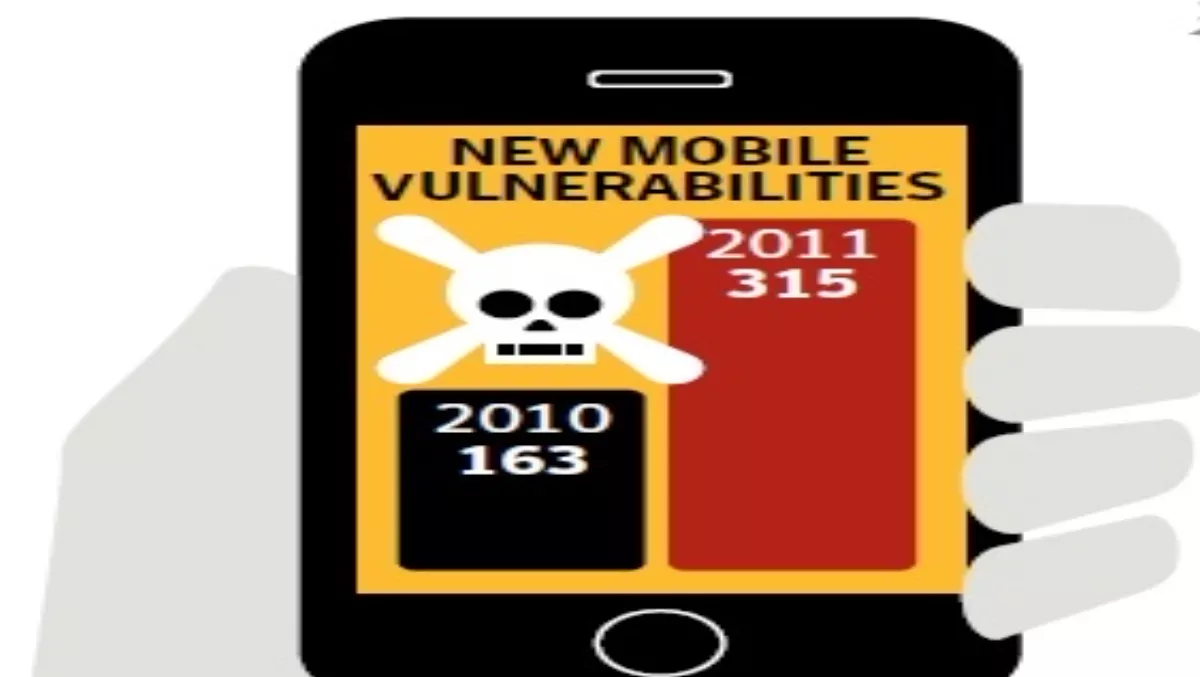
Spam shrinks as scammers go social
The scourge of spam may be shrinking, but social networks and mobile devices are providing plenty of new opportunities for cybercriminals to exploit unsuspecting internet users.
According to Symantec’s 2011 Internet Security Threat Report, spam messages were down 32%, from 62 billion per day in 2010 to 42 billion in 2011.
However, Symantec still blocked 5.5 billion attacks in 2011, 81% more than the 3 billion tackled in 2010.
Craig Scroggie, VP and managing director, Pacific region for Symantec, says overall attacks are up because the barriers to becoming a cybercriminal are becoming ‘lower and lower’.
"The cybercrime toolkits that you can find online are getting cheaper, easier to access and easier to use,” Scroggie says.
The most attractive avenues for cybercriminals are social networks and mobile phones, both of which have an in-built factor of trust.
The Android operating system experienced a particular increase in threats, some of which were set to monitor usage and collect user data, and others which sent ‘Premium SMS’ messages to special numbers as a way of skimming funds from the user’s account without his or her knowledge.
For businesses, there was a rise in targeted attacks from 77 per day to 82 per day. These sophisticated attacks use social engineering to access unauthorised corporate information, and although they have traditionally targeted large enterprises, this year 50% targeted organisations with fewer than 2500 employees, and 18% fewer than 250 employees.
Scroggie says this is particularly important for New Zealand businesses, which may think they are too small and out of the way to be targeted.
"This figure certainly puts [threat security] in the remit of a lot of New Zealand medium and enterprise companies,” Scroggie says.
Check out the full report here.

